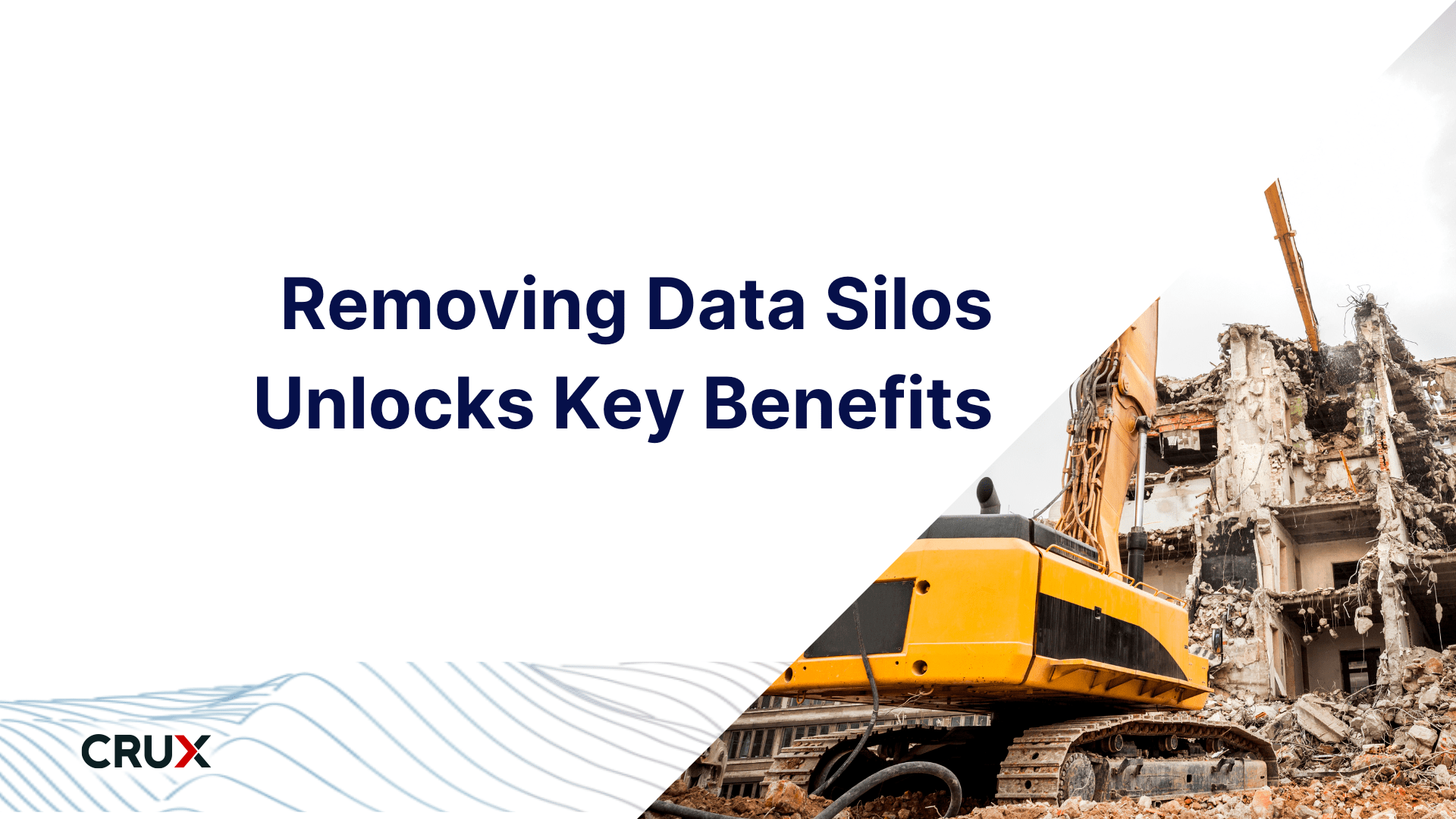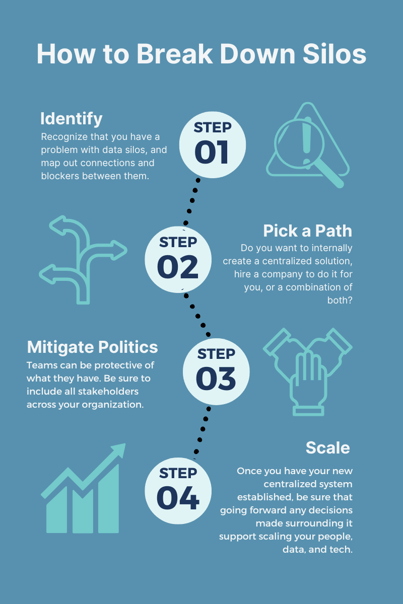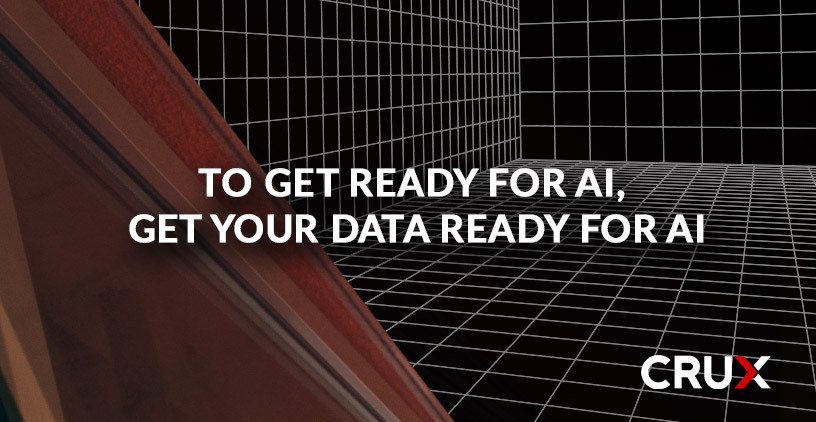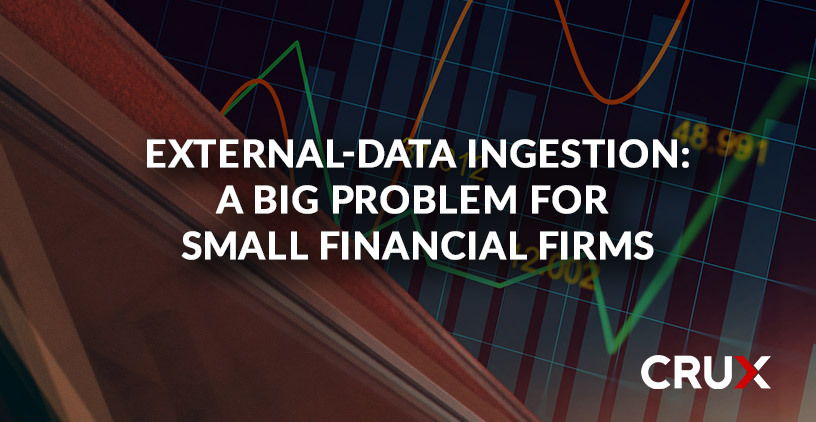What Cloud Marketplaces Do and Don’t Do
Not long ago, we observed here in our blog that the critical insights that drive business value come from data that is both (1) fast and (2) reliable.
4 min read
![]() Paul Tarantino
Oct 27, 2022
Paul Tarantino
Oct 27, 2022

Untangling the complex web of technology and data is hard, but not impossible.
Whether you’re a Spotify, Apple Music, or third-party music streaming user, you can find anything you want to listen to, from one music provider. Regardless of what genre you want to listen to it’s all available from one provider with one subscription in the format of choice and totally customizable in line with personal preferences. Now imagine that for every type of music or audio you wanted to listen to you had to use a different app. Everything is siloed and it’s not only time consuming and costly but very difficult to listen to a variety of music or podcasts.
Working in the corporate world often looks like those siloed sources, with each type of music or team having their own interfaces and accessibility. While it’s not convenient, it’s unfortunately far too common. Silos can exist around communication, documentation, or even technology from team to team. Especially in today’s remote-first world, it’s easy for teams to create their own communities that act as a vacuum. These silos often rear their heads most when an organization is undertaking a collaborative effort such as a cloud migration or organizational efficiency project.
These silos also include data. It isn’t unheard of for one organization to have several licenses to the same dataset across a variety of teams. If they don’t communicate internally, each team will get what they need and move on. This duplication of efforts can become apparent when trying to consolidate resources, or someone requests access to a dataset another team has and licensing becomes a tangled web. If a cloud migration is in the works, it may differ across teams, making the web even more complicated. With a variety of datasets, storage options, and overlying tech tools, the data webs between corporate teams can quickly begin to resemble spaghetti.
This isn’t efficient for your budget or for your teams, but untangling the mess is such a convoluted process companies often don’t know where to start. These issues are easy to identify, but not easy to resolve. So what’s the solution? Breaking down data silos requires companies to transition to a centralized data repository.
Before exploring the full benefits of a centralized external data repository for your organization, it’s critical to understand the costs associated with data silos within your organization. Often, it’s hard to fully quantify the costs associated with these silos because teams just function within their own worlds. Aside from considering licensing costs each of your internal teams racks up for external data sources, speed is a critical consideration of cost. Teams that support their data usage with slower tools or processes can also maintain hidden costs associated with external data. Siloed tech stacks are also an associated cost of siloed data. If each team utilizes their own storage and analyze tools, those costs can add up quickly across your organization.
The savings can very quickly add up across individual team budgets if data access and storage are centralized within your company. Cost savings is one huge benefit of a centralized external data repository, but it’s just scratching the surface. This transition can also save your organization time and reduce risk.
While you can manage a cloud migration or legacy software update internally, there’s no need to in today’s market. The external data industry is booming, and updating legacy systems can add more time and work to the roadmap, when companies like Crux exist to do it for you in a fraction of the time, workload, and even cost.
Risk reduction is a tangential benefit of moving towards one centralized data repository. By placing control of external data within your legal, IT, or HR teams, external data can be allocated to the right persons, produce access logs, and better track usage for future data purchases or security needs. It also allows licensing to be better-managed, which saves money but again, assists in risk reduction which is critical for security-heavy industries like financial services.
Delivering external data to your organization with one pipeline to one storage cloud with controlled access saves time, money, work, and reduces risk for your organization–all benefits no one can afford to skimp on in today’s competitive environment. Successfully migrating from silos to a centralized data solution sounds like a corporate utopia–but how do you get there?
The first step in breaking down data silos is recognizing the problem. While this may sound obvious, most organizations don’t identify this problem within their company until a related initiative is underway that brings these issues to the forefront. Additionally, identifying these tangled webs of data and technology within your teams can better equip you to develop your solution to address your business’s specific needs. 
From there, it’s time to decide your approach to creating a centralized solution. There are two main paths forward: internally managing and reworking all APIs for data providers into one marketplace, or hiring a company like Crux to do it for you. Many organizations may choose to combine these options, and do the work for the larger datasets that are most common within their day-to-day work, and bring in a third-party solution for smaller, more niche dataset onboarding. It’s a balancing act of determining the cost of each solution and weighing that against how much time your company has to solve this complex problem.
Additionally, it’s critical to mitigate any politics within your organization related to this shift before it happens. Teams can be protective of what they have, and this can make them adverse to change. Everyone has goals to meet, so it’s critical to ensure that all key stakeholders are included so this transition is smooth and beneficial for everyone across your organization.
At the end of the day, centralizing your external data repository is an obvious solution to a complex and tangled problem. Rebuilding a tech stack, especially one with legacy systems, is a heavy lift, and can very quickly become a monstrous project with no end in sight. Why add more work to your already busy roadmap creating something that already exists? Here at Crux, we’re ready and able to remove those silos and help your organization reap the benefits of a centralized solution. If you’re ready to learn more, reach out to paul.tarantino@cruxinformatics.com.

Regional Sales Director, EMEA at Crux.

Not long ago, we observed here in our blog that the critical insights that drive business value come from data that is both (1) fast and (2) reliable.

This past year has been exciting, representing the dawning of a new age for artificial intelligence (AI) and machine learning (ML)—with large...

How do you get white-glove customer service from a major data supplier?